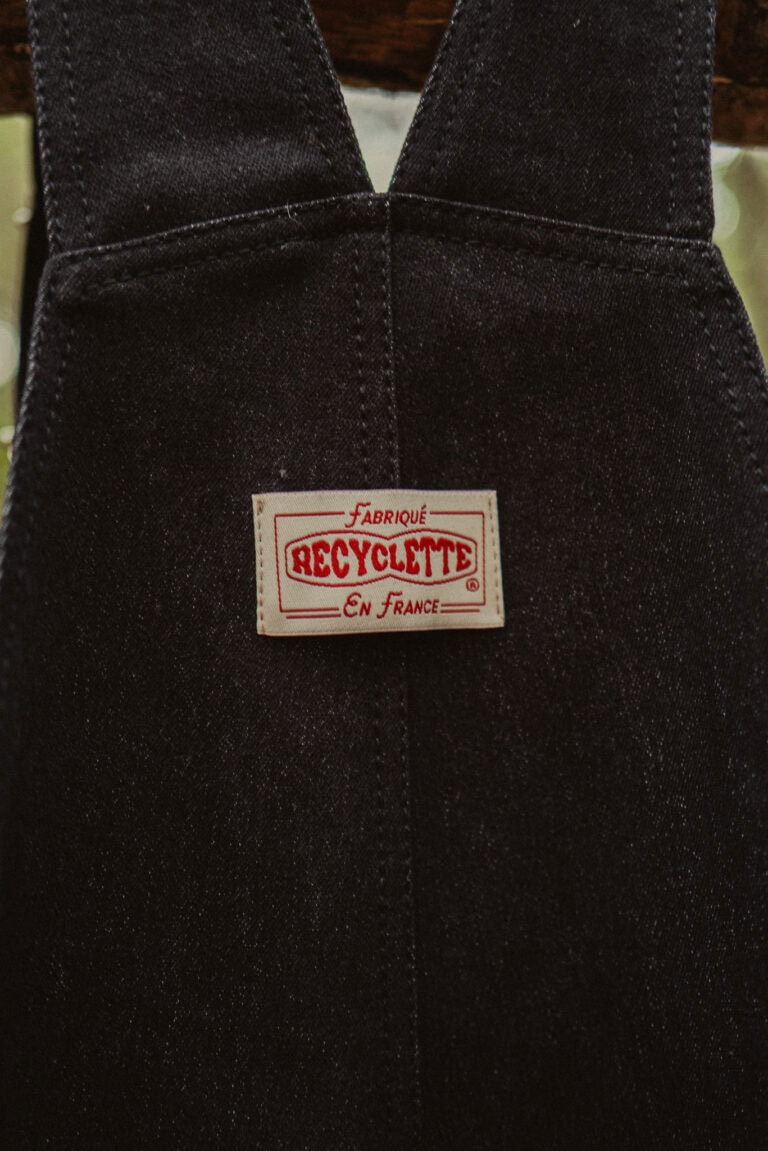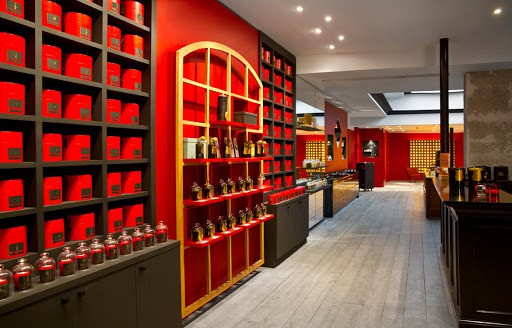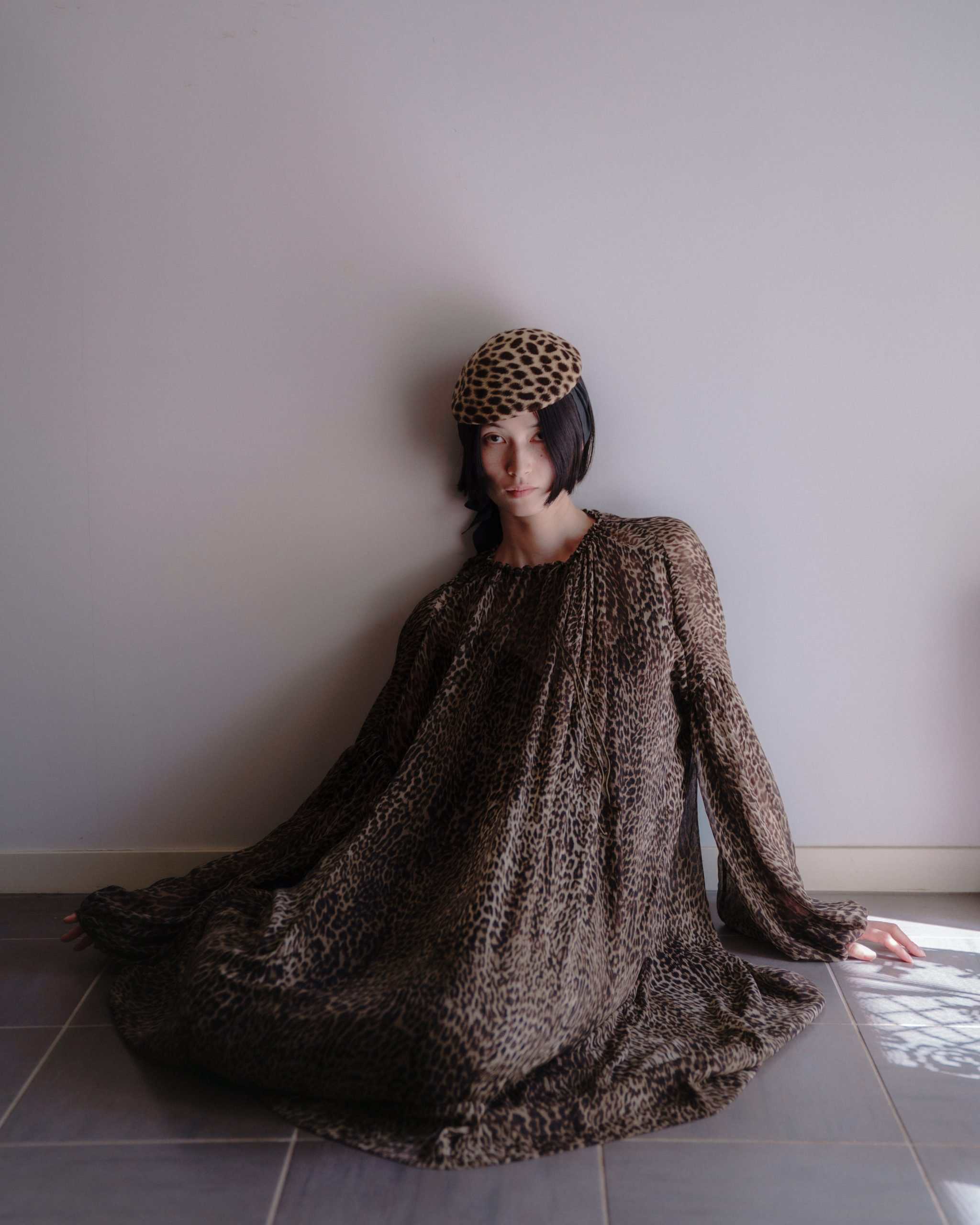
SUGRI : WHERE MEMORY BLOOMS
Amélie JOUISON
In a quiet atelier in Aomori, Kyoko shapes flowers from silk and time. As the founder of Sugri, she creates handmade hats and accessories infused with a sense of nostalgia, delicacy, and emotion. Drawing deeply from her childhood in northern Japan, she transforms simple materials into timeless objects that feel both vintage and dreamlike. Moreover, she explains, “I don’t follow trends; instead, I follow feelings.”
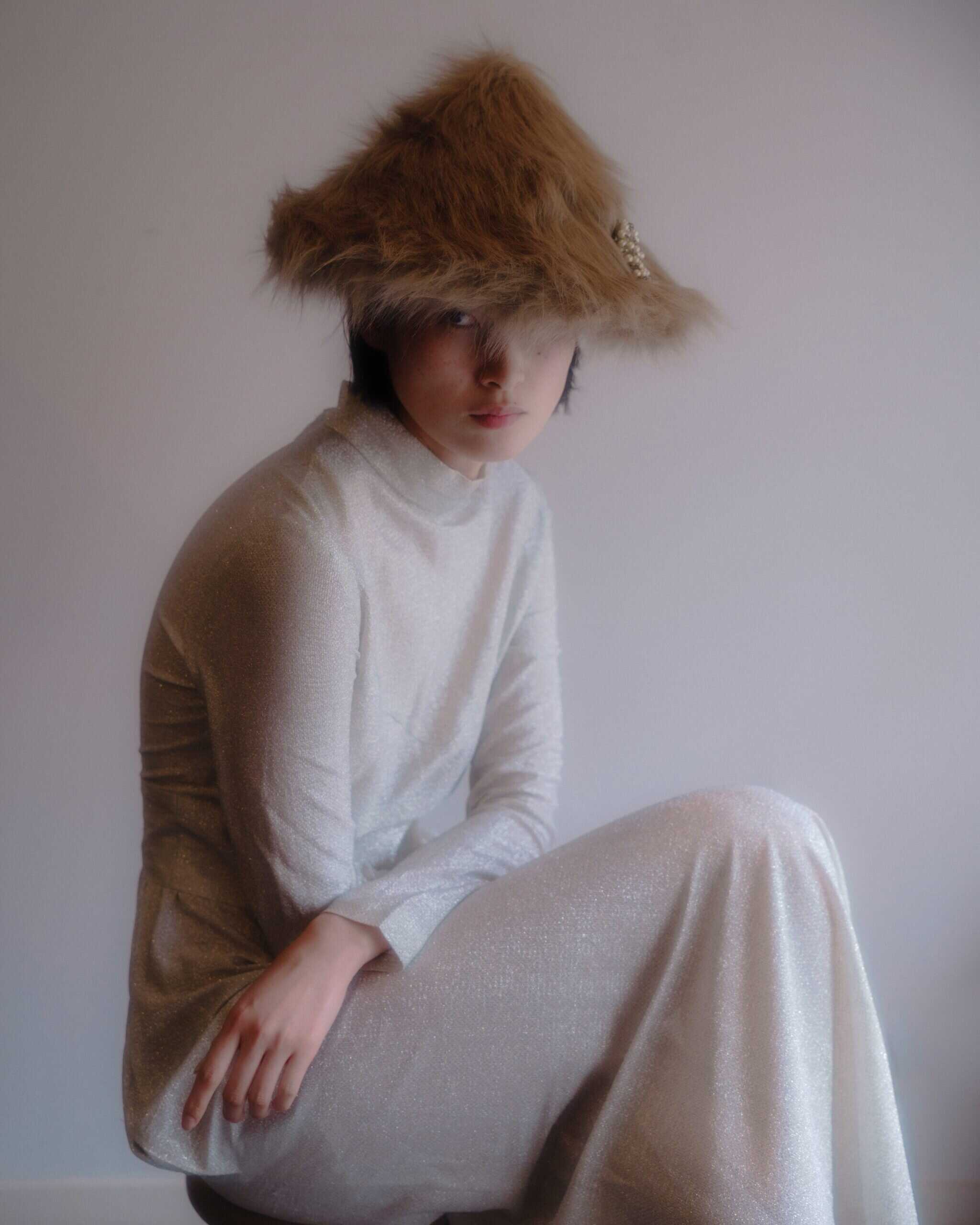
A Brand Born from Childhood
“I think Sugri started long before I knew it,”
Kyoko reflects on her upbringing. Raised in rural Aomori, she grew up surrounded by wild forests, hand-sewn clothes, and homegrown food. Moreover, her grandfather’s rose garden, her father’s hunting stories, and her grandmother’s foraged vegetables—all of it remains alive in her work today
As a child, she would return home from school with arms full of wildflowers.
“My mother thought something was wrong with me,” she laughs. “But I just couldn’t resist their beauty.”
Her hands, even then, were always busy—gathering petals and shaping dreams. Furthermore, each member of her family had their own world. For example, her mother sewed dresses and dolls with extraordinary care. Meanwhile, her father brought home rabbit tails, feathers, and the scent of wild game. Together, these experiences deeply influenced her creative spirit.
“I still keep those feathers and teeth in my treasure box,” Kyoko says. “I guess I’ve always loved the beauty of small, forgotten things.”
Sugri, Like a Secret Garden
The name Sugri means red currant. For instance, Kyoko recalls, “There was a hidden spot in my grandfather’s garden where the red berries ripened early each summer.” Moreover, she remembers the bees, the smell of earth, and the thrill of finding those berries—it felt like a secret only the children knew. This secret joy, therefore, is what she wants to preserve in every creation. Indeed, a Sugri hat is not simply an accessory; rather, it’s a memory, a poem, and a childhood relic reborn through craftsmanship.
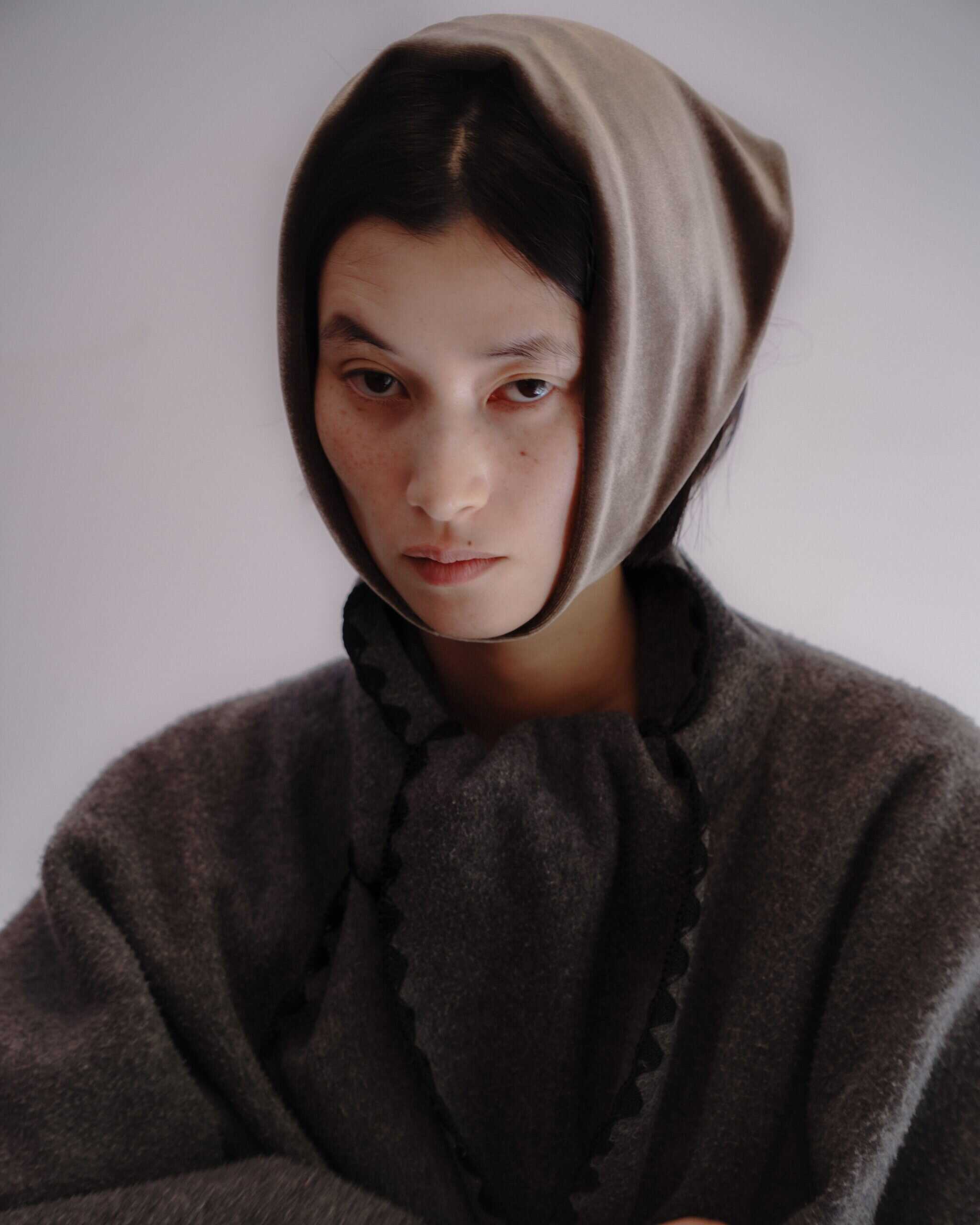
Sugri : A Delicate Identity
Sugri’s identity lies in contrast. Indeed, it’s romantic, yet never sweet. It is quiet, but certainly not plain. Each piece is handmade by Kyoko, often using deadstock materials or natural fibers such as buntal, Panama straw, or rabbit felt sourced from animals used for food. “I want to honor life, not exploit it,” she says.
She always starts with the material—its texture, weight, and story. “Sometimes, I fall in love with a fabric before I even know what it wants to become,” she explains. From there, she drafts patterns, sculpts molds, and carefully adds finishing touches—flowers made from silk velvet, wired by hand and dyed with soft, nuanced tones.
Moreover, Kyoko adds, “I don’t design based on trends or client demands. My pieces are born from things I notice—a line in a novel, a color I see while walking. They often reflect what I’m feeling at the time.”
The Flower Girl Who Never Grew Up
As a child, Kyoko dreamed of becoming a flower. For example, she says, “I used to wear my ballet costumes and ceremonial kimono around the house.” In fact, once she even dressed up and went to a wedding she wasn’t invited to. She simply wanted to feel beautiful. That longing—to feel wonder in the everyday—remains at the heart of Sugri. Whether it’s a straw hat that makes gardening magical or a velvet pin that adds elegance to a simple blouse, Kyoko explains, “I want my designs to live outside of special occasions. I want them to make ordinary days feel sacred.”
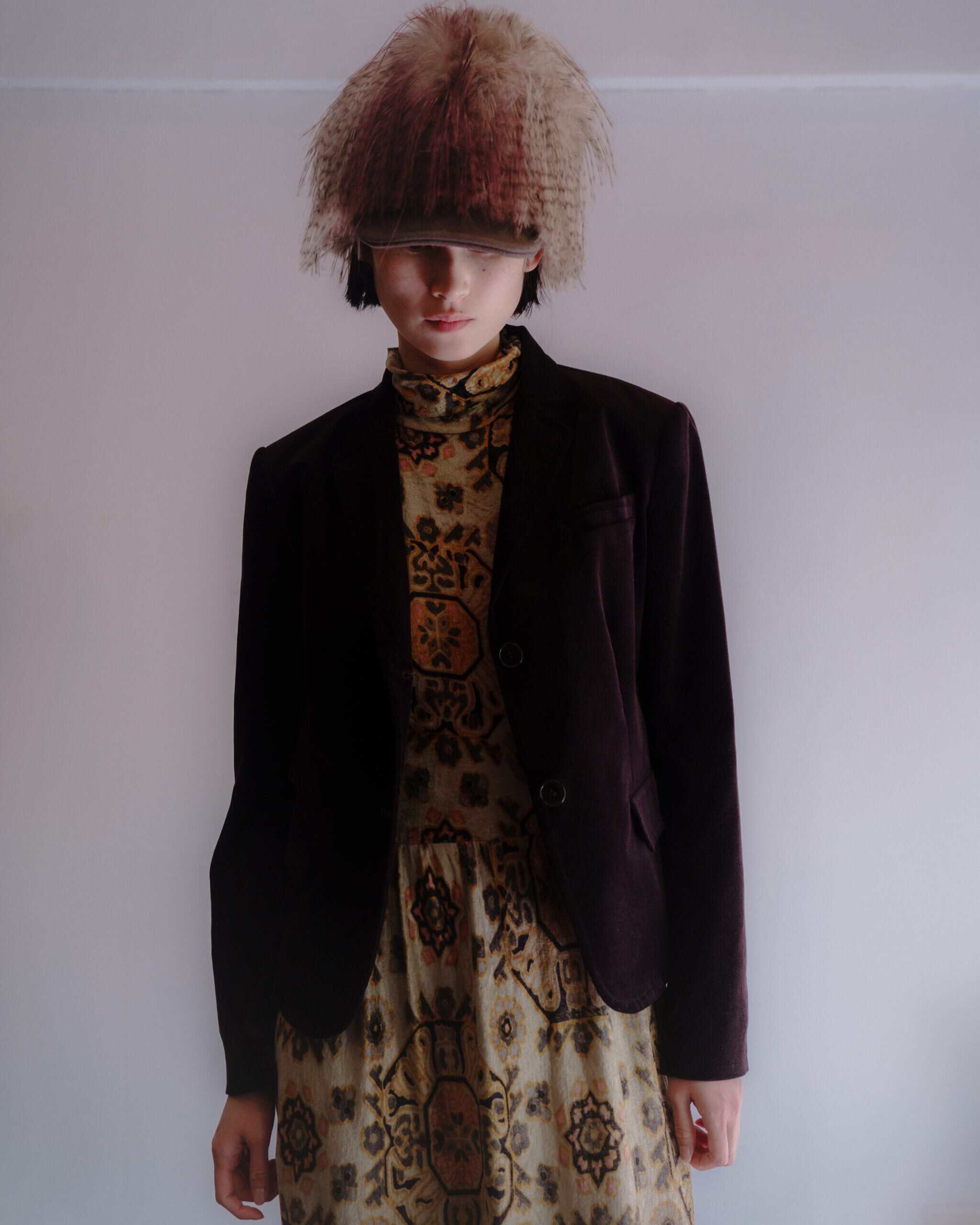
A Life Between Aomori and Tokyo
Though she now lives in Aomori, her rhythm hasn’t changed much. “Even in Tokyo, I rarely left my atelier,” she confesses. Materials still arrive by post, flowers still bloom on her work table, and clients still discover her pieces at select pop-ups and events.
When she visits Tokyo every month or so, she sees friends, visits exhibitions, and walks the same streets she once called home. “My world is small, but it’s rich,” she says. “I don’t need much—just time, space, and something beautiful to make.”
An Artist of Her Own Time
Kyoko often draws inspiration from vintage fashion, kimono culture, and Japanese rituals. She admires Karl Lagerfeld and Valentino Garavani for their theatrical elegance, and remains fascinated by the grace of geisha and maiko. “There’s something sacred about the way they wear beauty,” she says.
Still, Sugri is uniquely hers—at once timeless and deeply personal. “Even if the world forgets me, these pieces will still carry my memories,” Kyoko says softly. “That’s enough.”
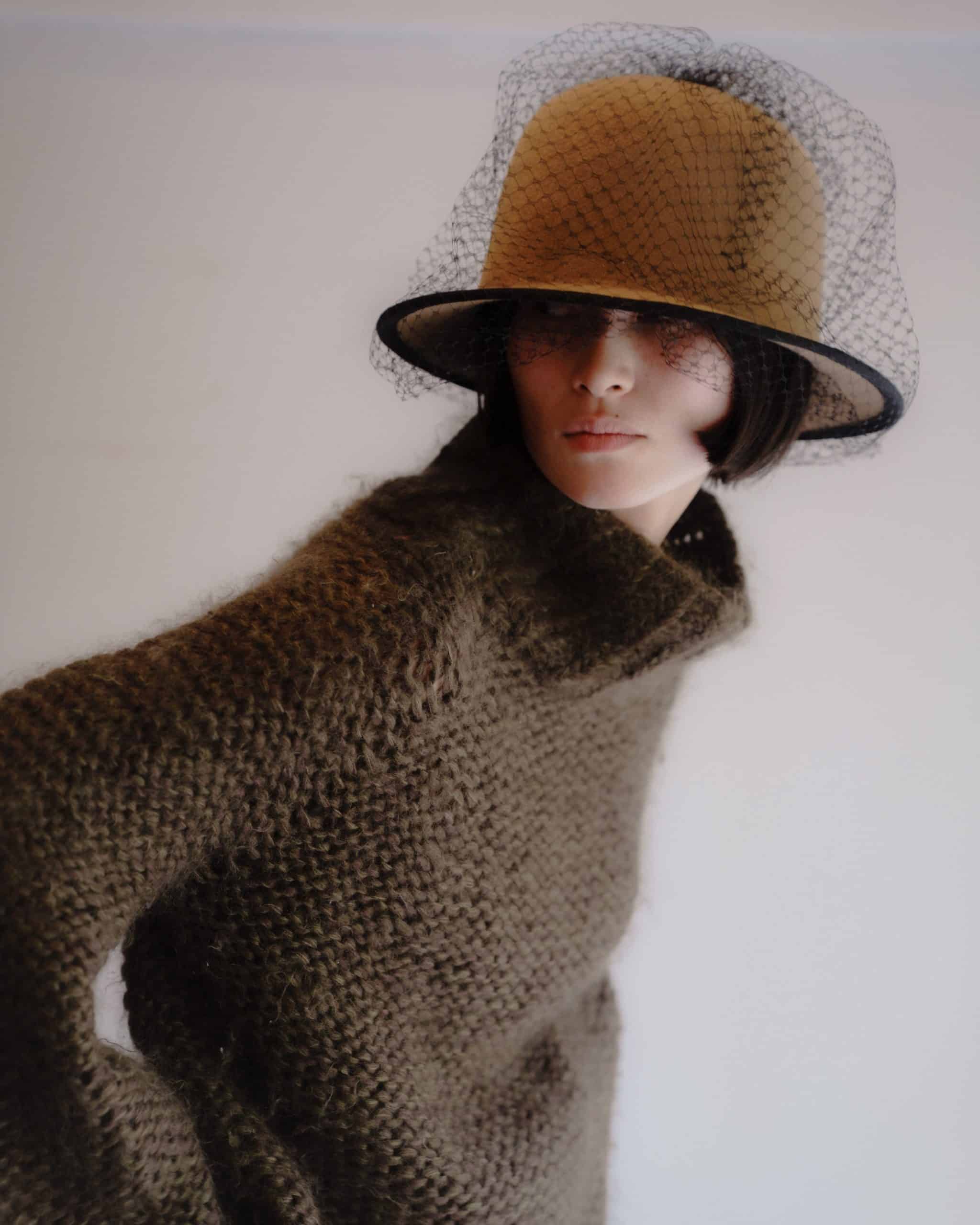
What the Future Holds for Sugri ?
Kyoko’s dream is simple: to continue creating by hand, with care, at her own pace. “I don’t want a big factory,” she says. “But I do hope to work alongside artisans someday—a small team, each person a master of their craft, all under one roof.”
She envisions a Sugri shop in Tokyo, and perhaps one in Paris. A quiet space filled with flowers, fabric, and stories waiting to be worn.
In a world of fast fashion, Sugri feels like a whisper. A reminder that beauty doesn’t shout—it blooms, slowly, in silence.
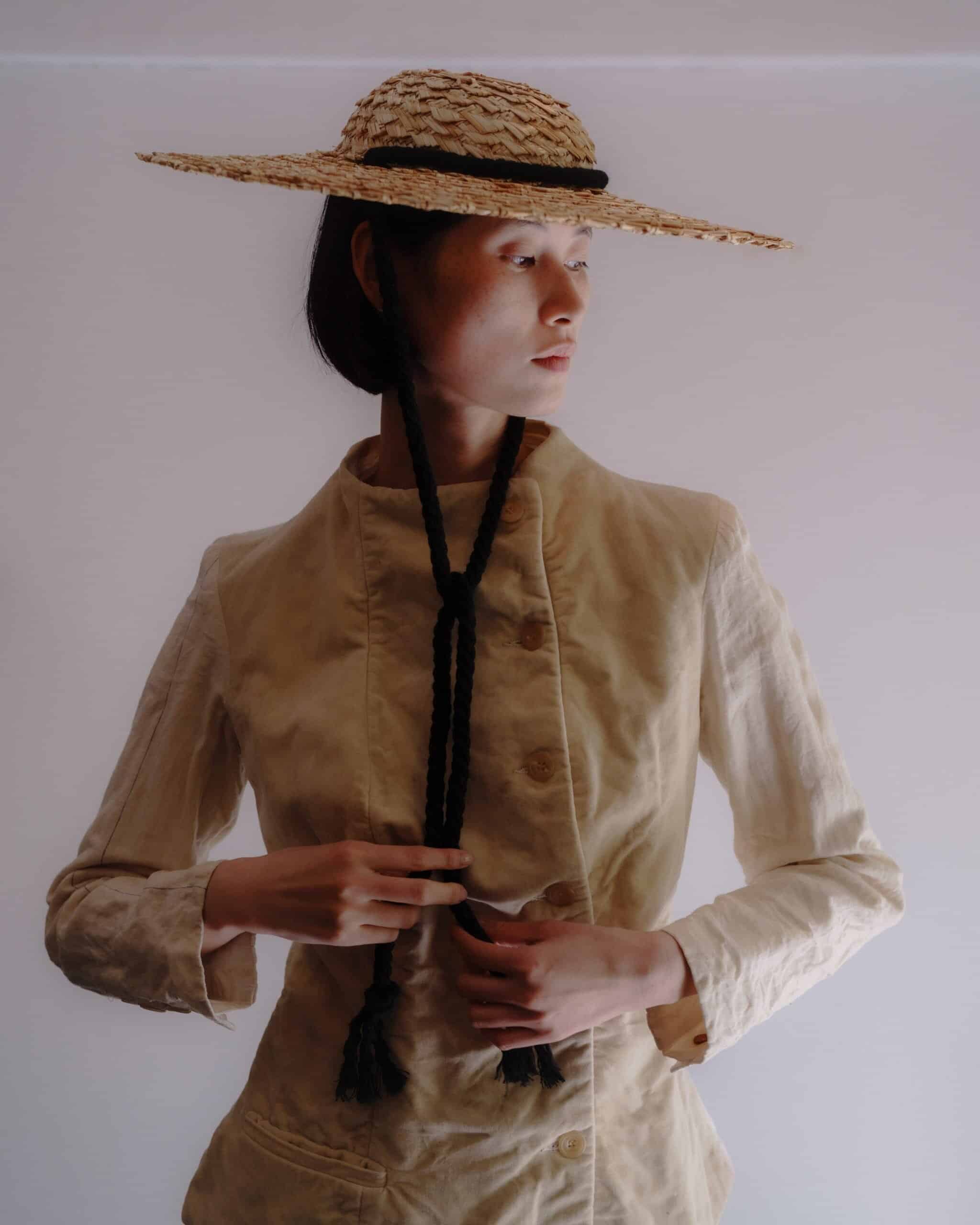
Want some more ? Take a look at : Sea New York : A Friendship Sewn Into Fashion
Share this post
Amélie JOUISON is a fashion photographer and art director.
She likes to question the status of the image as a woman, incorporating a point of humour, burlesque and creating discomfort.
Read Next



